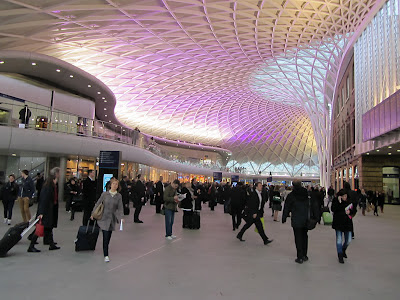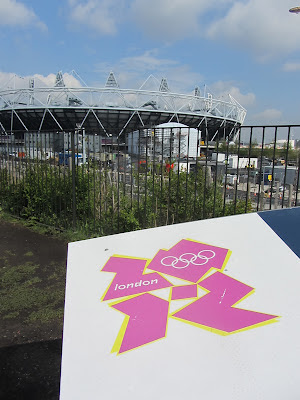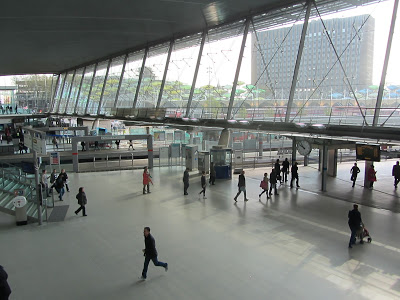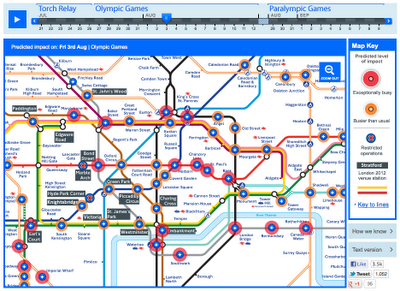With the 2012 London Olympics close at hand we thought it might be a good time to take a look at what is being done to try and manage the traffic associated with the arrival of 15,000 athletes, 7,000 technical officials, throngs of media and millions of visitors.
London is already fairly well known for it’s extensive transportation system.
In total, an estimated additional 4,000 airline flights and 3 million on-the-ground transportation journeys are
expected to take place on the busiest day of the Olympics, which means
there will no doubt be major delays and disruptions to what is an already mad rush hour commute.
So how is the city preparing for all this? We’ve previously spoken about the Olympic regeneration, but one of the things we haven’t mentioned is the investment in transportation infrastructure. Two big transportation projects are particularly noteworthy, King’s Cross St. Pancras Station and Stratford Station. The £650m King’s Cross St. Pancras Station is now the final destination of the International Eurostar trains and has seen a major redevelopment, with the total size of the station increasing from 2,000 m² to 8,000 m² as three new platforms have been added along with a large extension to the ticket-hall and new cantilevered roof. New tunnels connecting the six underground stations that the station serves have also been built to help commuter flows.

While King’s Cross St. Pancras is a redevelopment project, Stratford Station is a newly built £210m station next to the Olympic Park. During the Olympics 8 trains per hour are scheduled to run from King’s Cross St. Pancras, making the station a key node in the delivery of the Olympics.
London is also trying to help people avoid the bottlenecks and disruptions through an information campaign and website that targets potential traffic hotspots during the Olympics.
The hope is that Londoners will avoid the hotspot stations, try and work from home or change the times that they commute in. Whether this happens, only time will tell.


